From DNA to PGA Save
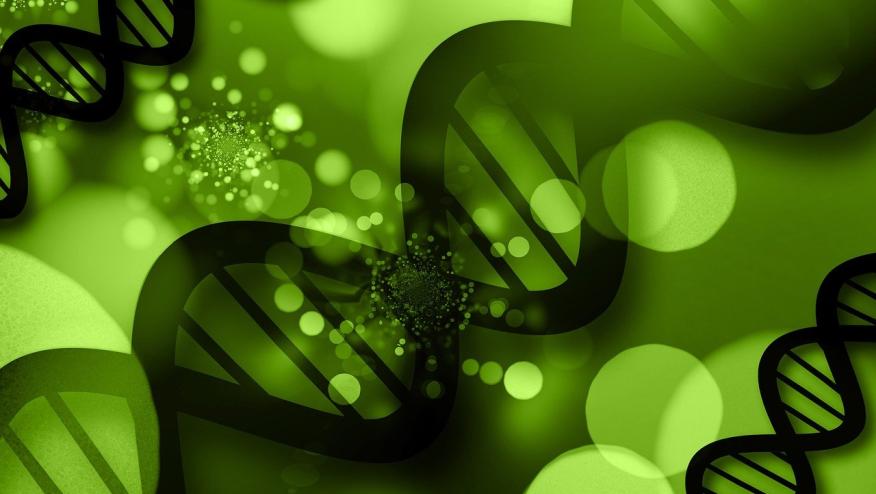
I have been investigating the mechanisms of antinuclear antibody (ANA) expression in systemic lupus erythematosus (SLE) since 1978. In this pursuit, I have followed the advice of my first division chief, Dr. Ralph Snyderman, a great academician. Ralph told me to identify a research focus and make it mine.
As Ralph explained to me, “When you think of Einstein, what comes to mind?” “Relativity,” I said, immediately understanding Ralph’s point. I decided that antibodies to DNA would be my thing so that, when someone said “Pisetsky,” the first word out of their mouth would be anti-DNA.
I think I have done reasonably well in my mission so you can imagine my surprise (and excitement) when, for the Lupus 2025 meeting in Toronto, I was asked to conduct a Meet the Professor session on the Type 1 & 2 model for SLE. This is a new model of lupus symptomatology that my colleagues at Duke and I have developed.
Let me explain how I got from thinking about DNA, a dream molecule if there ever was one, to the uncertain territory of the brain where neural impulses zap and buzz to cause the pain experience.
For those who are not aficionados of lupus serology, anti-DNA are the only lupus biomarkers for both classification and disease activity. Therefore, they must matter. These antibodies bind to the helical backbone of DNA and can rise and fall with disease activity; pathogenicity results from immune complexes that deposit in the kidney and activate complement.
In our first studies, we confirmed that anti-DNA levels vary strikingly over time and importantly can plummet with therapies such as glucocorticoids. We also showed that, in contrast, levels of anti-Sm and anti-RNP (antibodies to RNA-binding proteins or RBPS) didn’t change much in longitudinal studies, implying a different mechanism of B cell expression. While the behavior of anti-Sm and anti-RNP could be understood as the products of long-lived plasma cells, that of anti-DNA was more mysterious.
I assumed then and now that the answer relates to the unique features of DNA as an antigen and its ubiquitous expression in the body, underlying a special kind of tolerance. Suffice it to say, we did all kinds of experiments to explain the ups and downs of anti-DNA expression and variously investigated the role of DNA sequence, DNA conformation, and species origin. Alas, the answer is yet to be found. (I still believe that anti-DNA antibodies arise in response to foreign DNA from infection, bacterial or viral).
Two things then happened.
The first is that, increasingly, studies failed to show a clear relationship between anti-DNA levels and disease activity even with nephritis. Second, studies indicated that anti-DNA and anti-Sm levels can show similar trajectories over time and even decline together. Both my head hurt and my heart broke with these observations, suggesting that a model based on the role of short-lived plasmablasts (anti-DNA) and long-lived plasma cells (anti-Sm) may not be so simple.
I decided that the apparent change in the dynamics of ANA expression could relate to treatment effects, particularly the use of mycophenolate mofetil which can affect B cell activation and the generation of plasma cells; other therapies (e.g., belimumab) directed at B cells could also influence ANA expression. I also proposed a period called post-clinical autoimmunity to highlight the many changes in the immune system that occur after diagnosis and institution of therapy. These issues are highly relevant today in the design of CAR-T cells targeting B cells for patients with refractory disease.
Questions abound. Which B cells should be ablated? When should treatment be considered? Which ANAs and other biomarkers should be measured?
Around this time, I began to wonder if current measures of disease activity (e.g., SLEDAI) could be misleading because of the relative weighting of manifestations as well as the subjective nature of manifestations like headache, serositis and even arthritis. Perhaps, patients were actually reporting pain not related to inflammation. Since studies indicate that many patients with SLE meet criteria of fibromyalgia, hypersensitivity (allodynia and hyperalgesia) from central sensitization could be scored as inflammation, skewing the SLEDAI and confounding studies on the relationship between anti-DNA and disease activity.
So, one day over coffee, my Duke colleagues and I came up with the idea that there are two categories of symptoms in SLE, one characterized by classic inflammation (Type 1) like nephritis where anti-DNA antibodies operate, and the other (Type 2) characterized by pain, fatigue, mood disturbance and brain fog. Although Type 2 manifestations could result from immune processes (i.e., neuroinflammation), the mechanisms would differ from classic lupus activity. (I can’t help but think that autoantibodies can mediate pain in SLE as they may in fibromyalgia. Possibly, these antibodies, like those to the NMDA receptor, cross-react with DNA, closing the loop).
Thanks to the inspiration of my friend Peter Lipsky, we even proposed a new term for the fibromyalgianess of SLE: lupus-associated nociplasticity. This term is a variant of nociplastic pain for fibromyalgia. We also created a PGA (physician global assessment) for Type 2 lupus that could be valuable in both routine clinical care and trials of new agents.
While I am of course delighted that our work on lupus symptomatology is gaining interest, I will never abandon my interest in DNA in SLE. As they say, while the double helix unwinds slowly, research on antigenicity grinds fine.
Join The Discussion
Loved reading this! I am pretty sure that nowadays if someone said “Pisetsky,” the first word out of their mouth is anti-DNA. I also believe the fact that anti-DNA antibodies probably arise in response to foreign DNA from infection, bacterial or viral, and this tolerance may potentially be broken in the gut. Our proposal states that tolerance to DNA could be broken by interactions between bacterial DNA and DN2 B cells in the gut, if DNASE1L3 is functionally impaired or insufficient. doi: 10.1016/j.imlet.2024.106937.




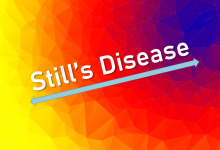
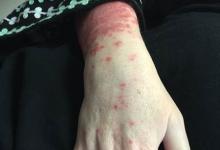

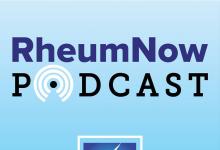

If you are a health practitioner, you may Login/Register to comment.
Due to the nature of these comment forums, only health practitioners are allowed to comment at this time.